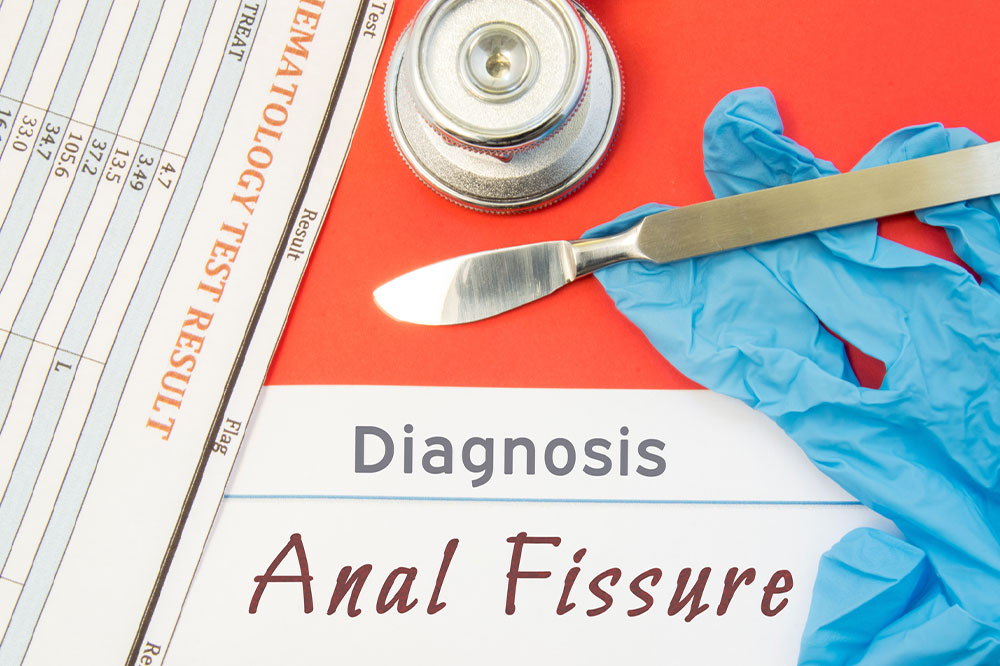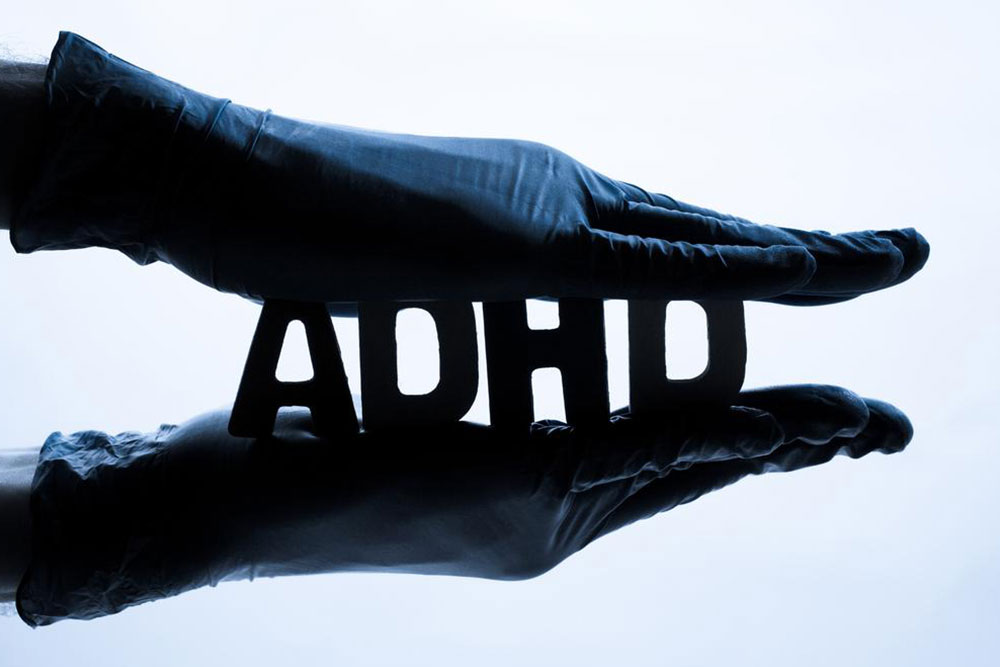Understanding ADHD: Causes, Signs, and Management Strategies
Explore the key aspects of ADHD including its causes, symptoms, and effective treatment options. Learn how early diagnosis and comprehensive management can improve quality of life for both children and adults affected by this condition. Understand risk factors and available therapies to address behavioral and cognitive challenges associated with ADHD.

Understanding ADHD: Causes, Signs, and Management Strategies
Attention deficit hyperactivity disorder (ADHD) is a neurodevelopmental condition characterized by persistent patterns of inattention, hyperactivity, and impulsivity. It affects individuals across all age groups, from childhood to adulthood. Adults with ADHD may notice symptoms emerging later in life, impacting their performance at work and daily routines. Though the exact cause remains uncertain, genetic factors play a significant role. Diagnosis relies on criteria from DSM-IV and ICD-10. Men are diagnosed more frequently than women. Treatment typically involves therapy, medication, and specialist consultations to improve life quality.
Risk factors include family history, prenatal exposure to substances like tobacco and alcohol, prematurity, low birth weight, brain injuries, and environmental toxins such as lead. Symptoms encompass difficulties in concentration, memory lapses, mood swings, and behavioral issues like hyperactivity, impulsiveness, irritability, and aggression. Management options involve behavioral therapy, medication, counseling, parent training, and educational support. Support groups, cognitive behavioral therapy, and family interventions aim to enhance daily functioning. Proper diagnosis and early intervention can significantly improve outcomes for individuals with ADHD.










